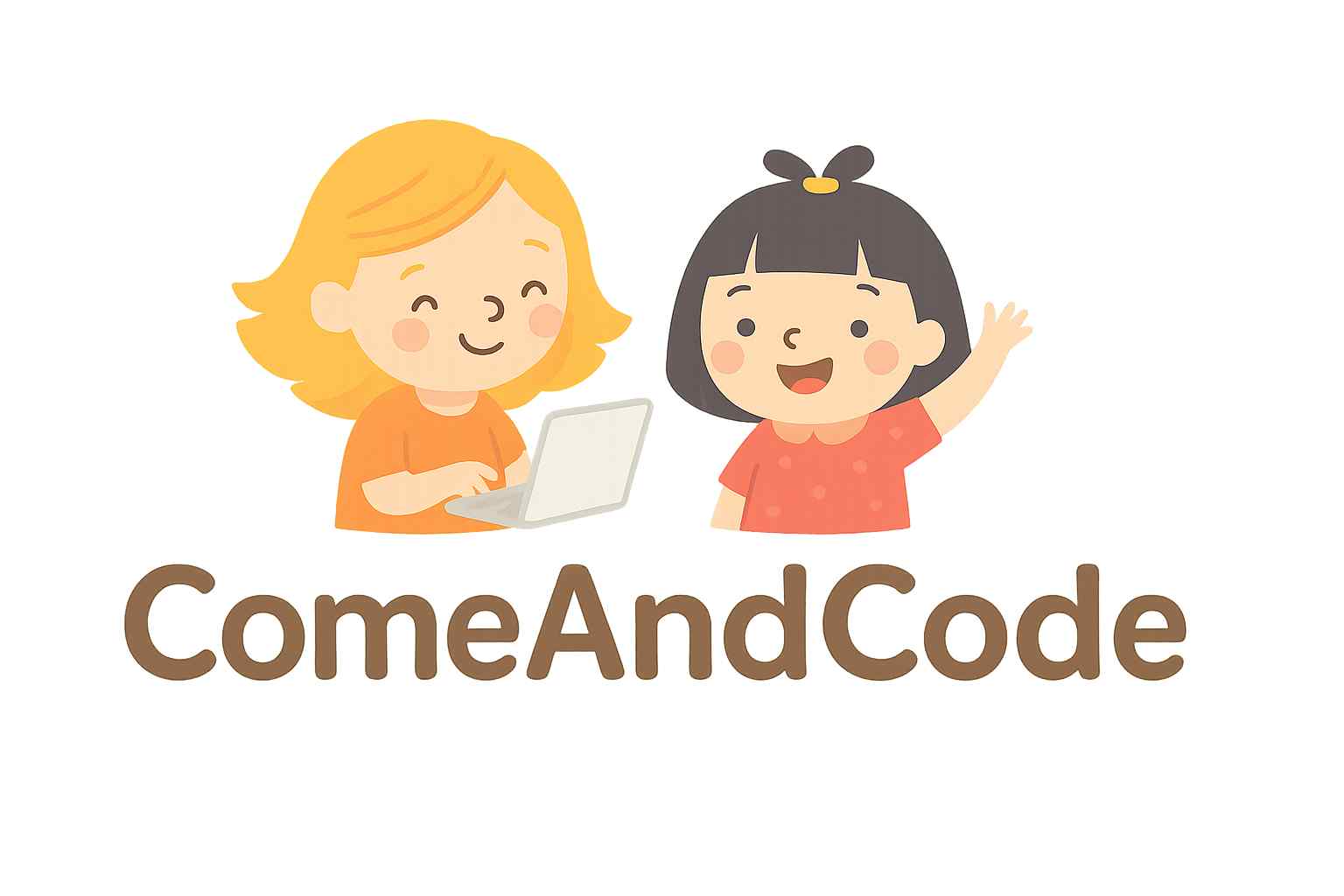A Guide to Teaching Kids, understanding how to create applications is a valuable skill for children. Teaching kids to build an app not only introduces them to coding and technology but also fosters creativity, problem-solving, and critical thinking. This comprehensive guide will walk you through the essential steps to help kids learn app development effectively.
Understanding the Importance of App Development Skills

Before diving into the how-to, it’s crucial to understand why teaching kids to build apps is beneficial:
1. Encourages Creativity
App development allows children to express their ideas and creativity. They can design their apps to solve problems or entertain, encouraging them to think outside the box.
2. Develops Problem-Solving Skills
Building an app involves troubleshooting and critical thinking. Kids learn to break down complex problems into manageable parts, a skill that will serve them well in any field.
3. Prepares for Future Careers
As technology continues to evolve, having a foundation in app development can open doors to various career opportunities in tech, design, and entrepreneurship.
4. Enhances Collaboration
Many app development projects involve teamwork. Kids learn to communicate their ideas and collaborate with others, fostering essential interpersonal skills.
Getting Started: Setting the Foundation
1. Define the Goals
Before you begin, it’s essential to outline what you want the kids to achieve. Goals can vary based on their age and skill level. Consider the following:
- Basic Understanding: For younger kids, focus on the fundamentals of coding and app design.
- Project-Based Learning: For older kids, aim for a complete project where they build a simple app from scratch.
2. Choose the Right Age Group
Tailor your approach based on the age of the kids:
- Ages 5-8: Use visual programming tools that allow them to drag and drop code blocks.
- Ages 9-12: Introduce beginner-friendly languages like Scratch or JavaScript.
- Ages 13 and up: Explore more advanced languages such as Python, Swift, or Kotlin.
Selecting the Right Tools and Resources
Choosing the right tools is crucial for a smooth learning experience. Here are some recommended resources based on age and skill level:
1. Visual Programming Languages
For younger children, visual programming languages make learning to code accessible and fun:
- Scratch: A free platform that uses block-based coding to create interactive stories, games, and animations.
- Blockly: A web-based visual programming language that is similar to Scratch.
2. Beginner-Friendly Languages
As kids become more comfortable with coding, introduce them to beginner-friendly languages:
- JavaScript: Widely used for web development; excellent for teaching basic programming concepts.
- Python: Known for its simplicity, making it a great starting point for kids.
3. App Development Platforms
Several platforms enable kids to create apps without extensive coding knowledge:
- App Inventor: Developed by MIT, this platform allows users to create Android apps using a block-based interface.
- Thunkable: A drag-and-drop platform for building mobile apps for both Android and iOS.
4. Online Courses and Tutorials
Consider enrolling kids in online courses that guide them through app development:
- Code.org: Offers various coding activities and courses for different age groups.
- Khan Academy: Provides tutorials in programming and computer science.
Step-by-Step Process for Teaching Kids to Build an App
1. Brainstorm App Ideas
Encourage kids to think creatively about what kind of app they want to build. Host a brainstorming session where they can discuss their interests and identify problems they want to solve.
Tips for Brainstorming:
- Identify a Problem: What challenge can their app address?
- Explore Interests: What hobbies or interests can inspire an app?
- Encourage Uniqueness: Challenge them to come up with unique features that set their app apart.
2. Create a Wireframe
Once they have a solid idea, guide them to create a wireframe of their app. A wireframe is a visual blueprint that outlines the app’s layout and functionality.
Tools for Wireframing:
- Balsamiq: A user-friendly tool for creating mockups.
- Figma: A collaborative interface design tool that allows for detailed wireframing.
3. Start Coding
Begin coding based on the wireframe. Depending on the platform chosen, the coding process will differ:
- Using Scratch or Blockly: Kids can use drag-and-drop coding to bring their app to life.
- Using App Inventor or Thunkable: Kids can design the app’s interface while coding its functionality using blocks.
4. Test the App
Testing is a crucial phase in the development process. Encourage kids to try their apps and look for bugs or areas that need improvement.
Testing Tips:
- User Feedback: Have friends or family members test the app and provide feedback.
- Iterative Improvements: Teach kids to make improvements based on testing outcomes.
5. Launch the App
Once the app is tested and refined, it’s time to launch! Depending on the platform, kids can share their apps with others or even publish them on app stores.
Promotion Ideas:
- Social Media: Encourage them to share their app on social media platforms.
- Family and Friends: Have a launch party where they demonstrate their app to family and friends.
Encouraging Continued Learning

1. Join Coding Communities
Encourage kids to join online coding communities where they can share their projects, get feedback, and learn from others. Some great platforms include:
- GitHub: A platform for sharing and collaborating on code.
- Stack Overflow: A community where developers can ask questions and share knowledge.
2. Explore Advanced Topics
Once they’ve built their first app, introduce more advanced concepts such as:
- User Experience (UX) Design: Teach kids about creating user-friendly interfaces.
- Game Development: If they’re interested, explore platforms like Unity for game design.
3. Participate in Hackathons
Look for local or online hackathons aimed at kids. These events provide opportunities to work on projects, collaborate with peers, and showcase their skills.
4. Encourage Lifelong Learning
Foster a mindset of continuous improvement. Encourage kids to always seek new knowledge, whether through courses, books, or online resources.
Conclusion
Teaching kids to build an app is an enriching experience that equips them with valuable skills for the future. By providing the right tools, resources, and guidance, you can inspire the next generation of developers and innovators. Whether they create a simple game or a complex utility app, the lessons learned during this process will serve them well in many aspects of life. Embrace the journey, and watch as they transform their ideas into reality!
